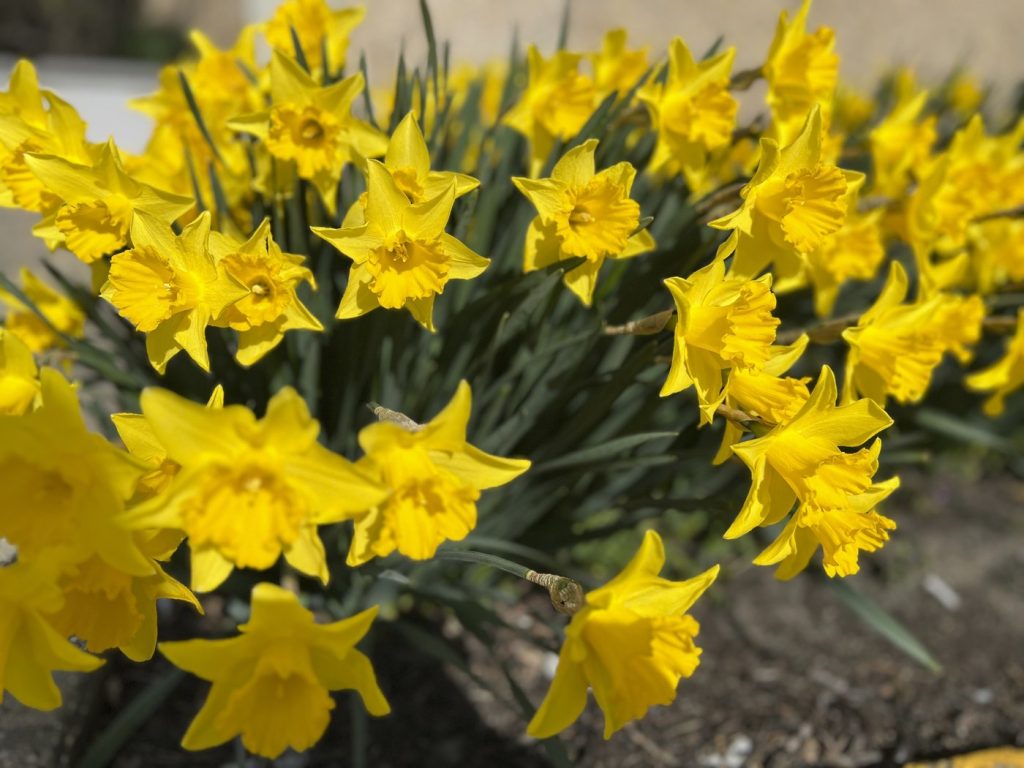As the spring season arrives, many individuals experience allergy symptoms commonly associated with pollen exposure. While some may be fortunate enough to avoid severe reactions, the impact of pollen can still be felt, particularly in visible ways, such as a car covered in yellow dust. Seasonal allergies, often referred to as hay fever, are primarily triggered by pollen rather than hay itself. Trees, weeds, grasses, and various flowers release this fine, airborne pollen, leading to discomfort for those with sensitivities.
Pollen plays a crucial role in ecological systems, facilitating the reproduction of plants and supporting diverse insect populations, which in turn is vital for human survival. However, for allergy sufferers, avoiding high-pollen plants may be necessary to enjoy gardening. Certain plants, particularly those that release minimal pollen, can provide a beautiful and colorful alternative for those looking to minimize allergy symptoms.
Plants known to trigger allergies primarily rely on wind for pollen dispersal rather than pollinators like bees or butterflies. Ragweed, notorious for its high pollen count in late summer and early fall, tends to be a primary culprit. However, several trees can also provoke allergic reactions in the spring, including species such as birch (Betula), catawba (Catalpa), cypress (Cupressus), elm (Ulmus), hickory/pecan (Carya), oak (Quercus), sycamore (Platanus), and walnut (Juglans). According to the Ogren Plant Allergy Scale (OPALS), created by horticulturist Thomas Ogren, these trees are among those most likely to trigger allergy symptoms. Additionally, male palm trees are known for their pollen production, while female trees do not produce pollen, making them a preferable choice for allergy sufferers.
Grasses also cause irritation, with Bermuda grass, Johnson grass, Kentucky bluegrass, orchard grass, sweet vernal grass, and timothy grass being notable contributors to pollen allergies. Weeds such as ragweed, curly dock, lamb's quarters, pigweed, plantain, sheep sorrel, and sagebrush further exacerbate allergy issues, as they tend to be prolific pollen producers.
Conversely, certain plants are considered less likely to trigger allergy symptoms because they either have "double" flowers or produce heavier pollen that doesn't travel as far. Tree species such as apricot (Prunus armeniaca), fig (Ficus), fir (Abies), fruiting pear (Pyrus), fruiting plum (Prunus domestica, Prunus insititia), redbud (Cercis), and female varieties of ash (Fraxinus), box elder (Acer negundo), cottonwood/poplar (Populus), maple (Acer), palm (Arecaceae), and willow (Salix) can be more accommodating for those with respiratory sensitivities. In the grass category, St. Augustine and sterile male Bermuda grasses are considered safer options.
For gardening enthusiasts, a variety of flowers are also less likely to trigger allergies. Plants such as begonia, female clematis, columbine, crocus, daffodil, delphinium, hibiscus, impatiens, iris, bird of paradise, pansy, petunia, phlox, poppy, snapdragon, tulip, verbena, and zinnia offer a plethora of choices. Notably, roses, especially those with dense-petaled varieties, produce less pollen than their single or semi-double counterparts. Additionally, allergies related to roses are often more connected to fragrance rather than pollen itself.
For those affected by seasonal allergies, it is advisable to keep windows closed and have someone else handle outdoor tasks such as lawn mowing to alleviate symptoms effectively. Taking these measures can help individuals enjoy the beauty of spring without the accompanying discomfort of allergies.
Jessica Damiano, a seasoned gardening columnist for the Associated Press, offers regular insights into gardening through her writing and will provide readers with practical tips for managing seasonal allergies in their gardening pursuits.












